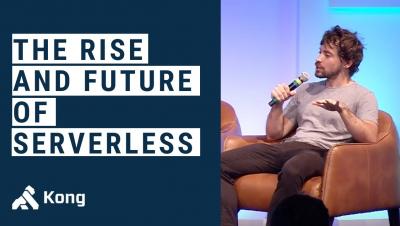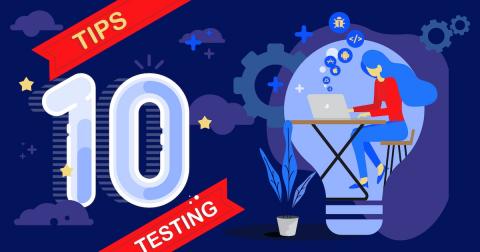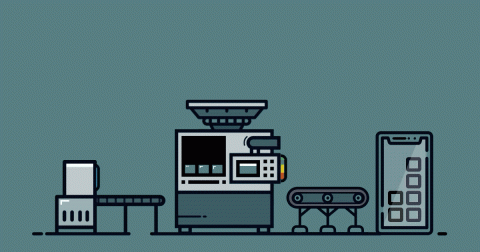Systems | Development | Analytics | API | Testing
Technology
Top 10 Tips for Mobile App Testing
In 2017, a study found that 88% of people will abandon an app due to bugs and glitches. This startling stat demonstrates, with crystal clarity, the need for developers to make their product as clean as possible – with rigorous testing procedures to eliminate any errors. But what are the key steps that go into the testing regime? How can you, as the developer, give yourself the best possible chance of delivering an error-free app?
The Future is Serverless: When and How to Make the Switch
Why Your Next Data Warehouse Should Be in the Cloud
Build a True Data Lake with a Cloud Data Warehouse
Top 5 Automated Testing Tools for iOS: November 2018
A few weeks ago we brought you a rundown of our five favourite automation testing tools for Android, and the response was overwhelming. So we’ve written a follow-up article, this time for iOS developers. The testing challenges vary slightly for Android and iOS testing. For one thing there are far more Android models out there than iOS, which means lots more potential bugs. Also, the two variants have their own default languages, which further complicates things.
From BI to AI: Amplifying Intuition with Machine Intelligence
The next generation of BI will heavily integrate machine intelligence and AI – and how these technologies are embedded and used will matter. The best solutions will support human-centered analysis, which takes advantage of new technology while not losing sight of value of the human perspective in decision making and analysis.
Updates from Bugfender Q3/2018
We hope you’ve had a fantastic summer and are now enjoying the fall. After our release of Bugfender 2 earlier in the year, we’ve been fine tuning and adding many UI improvements. We’ve also been working on an improved filter view, enhancing issues and adding React Native support – all coming very soon, so watch this space.
Qlik Snippets - The Cognitive Engine
How Is Bugfender Different from Other Tools?
When we think of other products in Bugfender’s space, we don’t really think of competitors; we think of alternatives. Because, being honest, Bugfender doesn’t really have any direct competitors. That sounds like cheesy marketing, right? Yep, we get that. And we don’t say it to be arrogant. We say it because Bugfender was built to provide a unique service in our space. In fact it’s designed to serve the specific needs of our parent company, Mobile Jazz.










